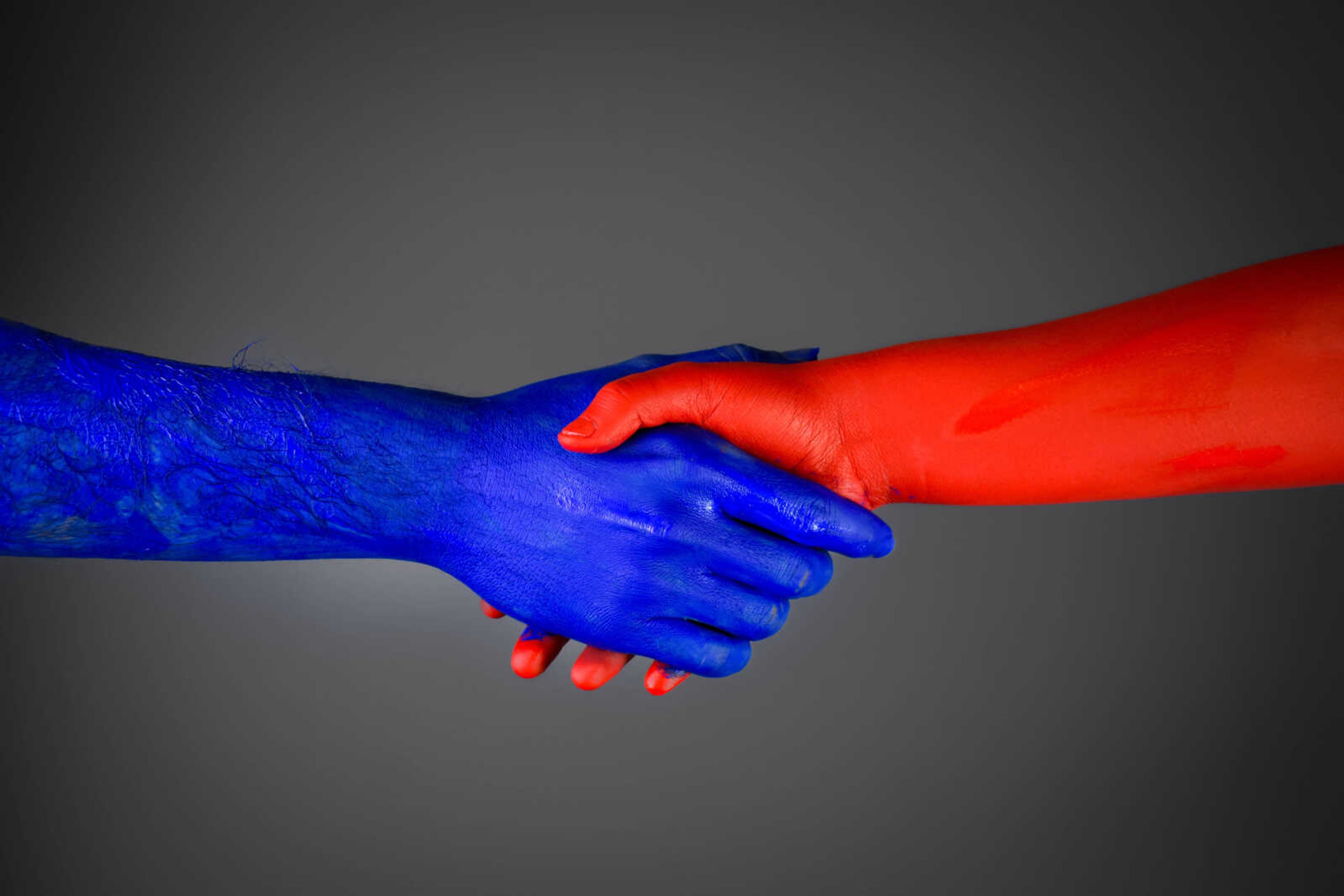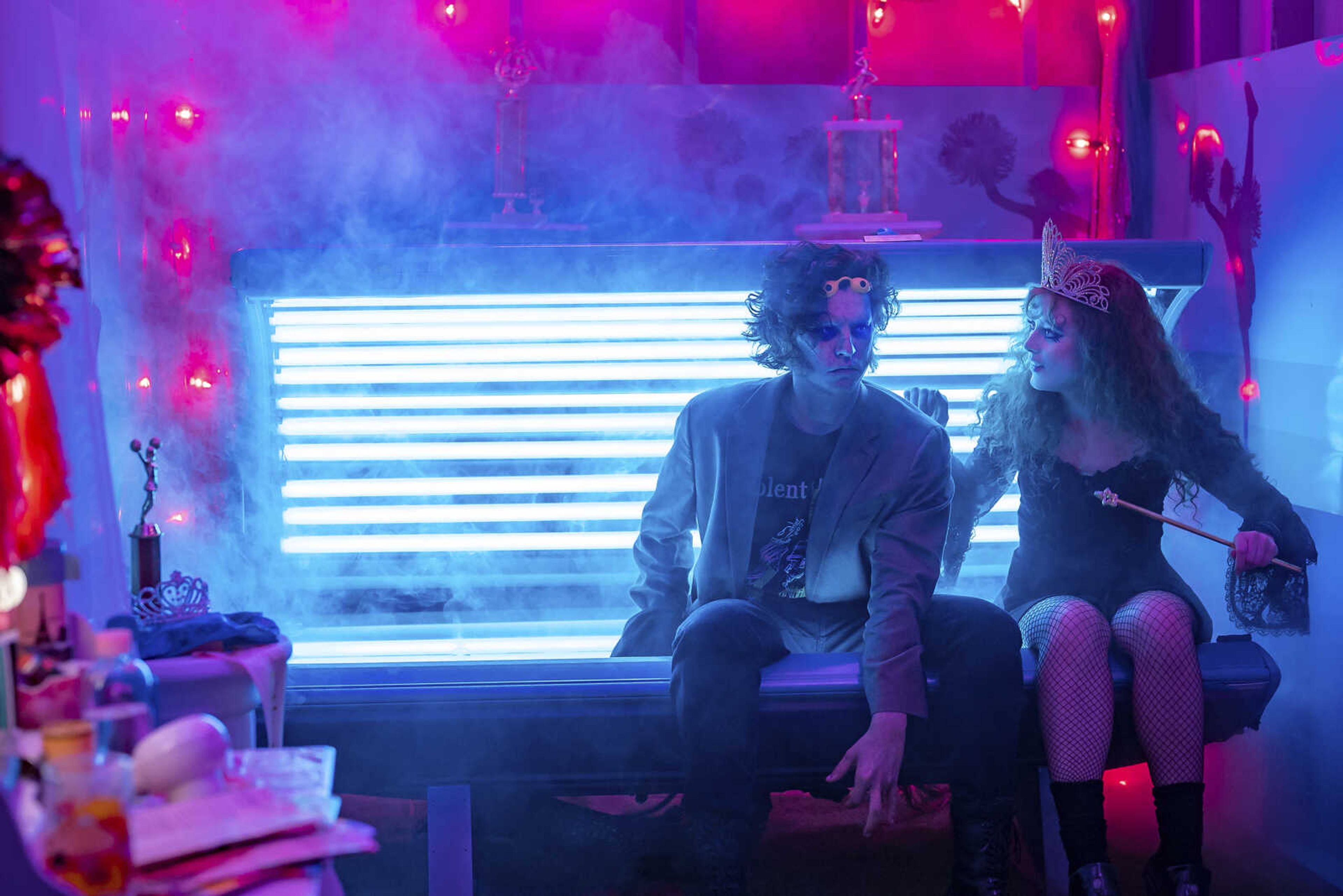Art by the book
ORAN, Mo. -- If you want to be an artist, there are two things you can't say to Cleda Curtis: I can't draw. I don't need to know any fundamentals to paint. Curtis has never met a person she can't show how to draw, and she is chagrined that people call themselves artists and don't understand the basics of painting...
ORAN, Mo. -- If you want to be an artist, there are two things you can't say to Cleda Curtis:
I can't draw.
I don't need to know any fundamentals to paint.
Curtis has never met a person she can't show how to draw, and she is chagrined that people call themselves artists and don't understand the basics of painting.
She says the latter as someone who took art classes at five different universities and never encountered the kind of back-to-basics teaching she promotes.
"I wanted to learn to paint realistically ... and it wasn't taught," she says.
The knowledge the masters learned and passed on was largely lost during the 20th century, she claims. "There was no instruction. Teachers themselves didn't know how to do it," she says.
An example of the knowledge she refers to is an understanding of value, the lightness or darkness of a color. When light shines on an object in a painting, its color should be four values lighter than the shadows, she says.
"That is the whole basis of creating the illusion of three dimensions," she says
The students Curtis teaches at weekly classes at her art studio are tested periodically on the how-to's of painting. It's all contained in her book, "Portrait Painting Simplified."
"When people come to class, they don't know the standard rules," she says. "Not to use that is like reinventing the wheel."
What Curtis knows about painting she learned in workshops and through her own explorations. An Oran native, she moved away for more than 20 years before returning and beginning her art studio. She has been teaching in Oran for 18 years. She recently taught a workshop in Branson, Mo., and has led other workshops in Perryville, Mo., and Ste. Genevieve, Mo.
Curtis considers herself primarily a portrait painter, which she considers more difficult than any other kind of painting.
Her portrait of the late Republican Congressman Bill Emerson is in the Library of Congress. She also painted the portrait of U.S. Rep. Richard Gephardt, the House Democratic leader.
Despite the popularity of photographic portraiture, portrait painting is not a dying art, she says, primarily because "it becomes a treasured heirloom in the family."
Curtis' portraits begin at $2,400.
The people who commission portraits "basically are high achievers," Curtis says. "They are people who treasure tradition."
Curtis does admire abstract art that demonstrates the painter's skill, noting that there is beauty in non-objective form, but the rules are the same.
She was 25 before she started painting because Oran High School didn't have art classes at the time.
"People say, 'I don't remember you being artistic in school,'" she says, laughing. "Nobody was."
Everyone is born with artistic ability, Curtis insists.
"We all have it. We don't develop it," she says.
Desire is the primary factor in developing the ability, she says, adding: "I can teach you if you want to learn."
But technique will only take you so far, she admits.
"After you learn the basics comes creativity and originality," she says. "Those come from the artist."
Some people have more of what she calls "the creative spirit."
Dodi Conrad is one of Curtis' pupils. The Marble Hill, Mo., hairstylist has been taking Curtis' class for four years and already has opened her own gallery -- Dodi's Art Studio -- and is preparing to begin teaching a class herself.
"She has a painterly, artistic way of working that is unique to her," Curtis said.
Conrad sought out Curtis on the advice of the late Tom Runnels, a Marble Hill sculptor who knew Curtis well. She is a storehouse of knowledge about art, Conrad said.
"The main thing is, she taught me about value, using the lightness and darkness of a color to create form," Conrad says. "It gives the dimensional look."
With that knowledge and perhaps a bit of talent, Conrad says, "You end up with a very good painting."
Right now, Conrad is working on floral still lifes. She hopes to be able to master portraits eventually and become a full-time painter.
Ann and Dr. Raymond Ritter Jr. of Cape Girardeau are more interested in painting as a hobby they can pursue together. They have been attending Curtis' class for nearly three years.
In that time they've both seen their work improve considerably from a starting point Ann termed "pathetic."
"I didn't think I could draw a straight line," she says.
"We started from scratch and have learned a lot," Raymond Ritter says.
Now they are showing their work in exhibitions at Southeast Missouri Hospital.
"I'd like to get as good as I possibly can," Ann Ritter says. "It's good mental exercise as you're getting older."
Regina Smart teaches computer networking at Southeast and has been studying art with Curtis for four years. She had not studied art in high school but suddenly found herself wanting to paint.
"For me it's just a passion to do it," she says.
She uses computers as a tool in her painting, taking photographs of paintings and sometimes still lifes to study, but painting provides something very different for her than her work.
"You're able to lose yourself in it," she says. "Time passes. You lose yourself in the painting."
To contact the art school, phone 262-2374.
335-6611, extension 182
Connect with the Southeast Missourian Newsroom:
For corrections to this story or other insights for the editor, click here. To submit a letter to the editor, click here. To learn about the Southeast Missourian’s AI Policy, click here.










